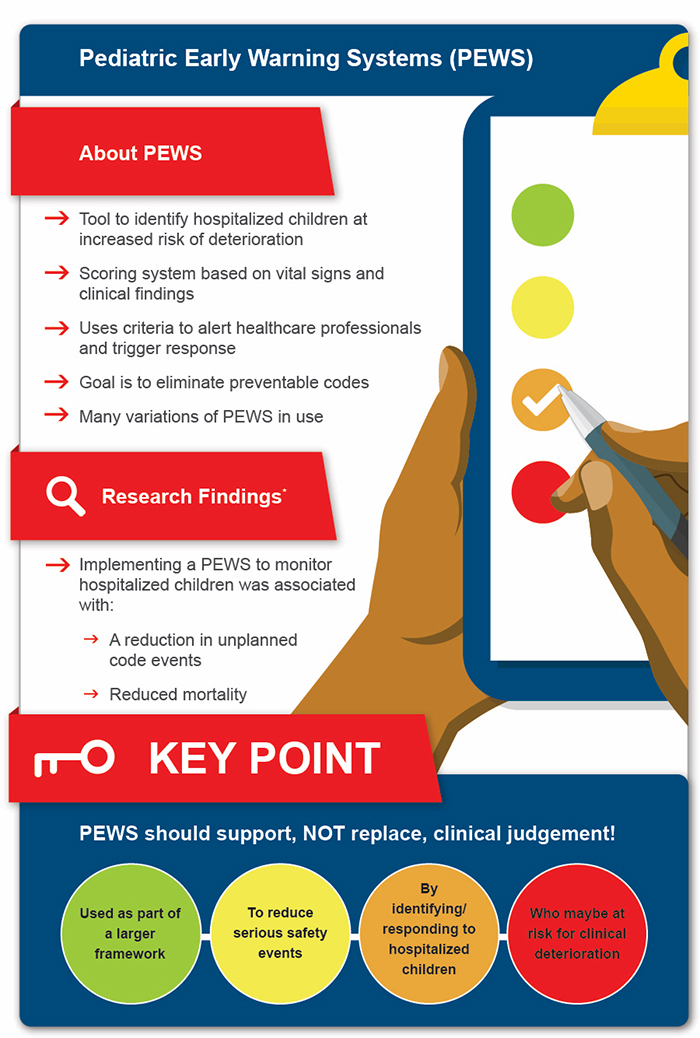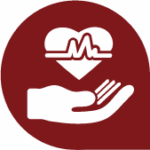Assessment
Assessment
Last Full Review: American Red Cross Scientific Advisory Council 2011
Last Update: 2023
Rapid assessment begins with performing a visual survey, checking for responsiveness and life-threatening bleeding, opening the airway and simultaneously checking for breathing and a pulse. The use of a mnemonic can be helpful for learning and recalling the sequence for assessment and initial actions.
Red Cross Guidelines
- The A-B-C (airway-breathing-circulation) mnemonic, which has universal application in all settings, should be used for assessment and initial actions.
- Early assessment for life-threatening bleeding should be performed.
- In an adult, child or infant with no signs of life (unconscious/unresponsive) and with abnormal or no breathing, healthcare professionals should check a carotid pulse (adults and children) or a brachial pulse (infant) for no more than 10 seconds and if absent presume the person is in cardiac arrest.
Evidence Summary
The American Red Cross Scientific Advisory Council reviewed this topic in 2020 and a joint American Heart Association and American Red Cross statement on this topic was issued in 2012. These reviews showed no changes to this guidance.
Insights and Implications
Early assessment for life-threatening bleeding is performed with the check for responsiveness. The A-B-C mnemonic is a universal means to recall and perform assessment and initial action, including opening of the airway (A), checking for the presence or absence of normal breathing (B), and, for trained professionals, the simultaneous assessment for circulation (C) by a pulse check, or for lay responders, beginning compressions (C).
Pediatric Early Warning Systems
Last Full Review: ILCOR 2022
A significant percentage of in-hospital pediatric serious events and deaths have been shown to be associated with a failure to detect and respond to clinical deterioration (Burrus et al. 2021, 148). This has led to the development of tools for use in the healthcare setting, including pediatric early warning systems (PEWS), to alert healthcare professionals to clinical deterioration through periodic observation of physiologic parameters, application of a scoring system and criteria for triggering communication and an appropriate response. Is there clinical evidence to support the use of PEWS?
Red Cross Guidelines
- Pediatric early warning systems may be used as part of a larger framework to reduce serious safety events by identifying and responding to hospitalized infants, children and adolescents who may either be at risk for deterioration or be deteriorating clinically.
Evidence Summary
A 2022 systematic review (Chong et al. 2022, 100262) and Consensus on Science with Treatment Recommendations (Wyckoff et al. 2022, e483; Ong et al. 2022) by the International Liaison Committee on Resuscitation (ILCOR) evaluated the use of PEWS, with or without rapid response teams or medical emergency teams, in hospitalized infants, children and adolescents compared with standard care without a scoring system. The review included a single randomized controlled trial (Parshuram et al. 2018, 1002) and multiple cohort studies; the certainty of evidence was rated as very low across all outcomes due to very serious risk of bias and imprecision. No significant difference in mortality, cardiopulmonary arrest events and/or significant deterioration events was shown with the use of PEWS compared with no PEWS. However, there was a trend toward increased mortality in the pooled analysis for the no PEWS group and toward both increased cardiopulmonary arrests and increased significant clinical deterioration events with no PEWS. For the outcome of unplanned code events, a statistically significant increase in unplanned code events was demonstrated with no PEWS compared with the PEWS group (pooled IRR/RR, 1.73; 95% CI, 1.01–2.96). A weak recommendation by ILCOR suggests using PEWS to monitor hospitalized children, with the aim of identifying those who may be deteriorating (Wyckoff et al. 2022, e483; Ong et al. 2022).

*Chong SL, Goh MSL, Ong GY, et al. Do paediatric early warning systems reduce mortality and critical deterioration events among children? A systematic review and meta-analysis. Resusc Plus. Sep 2022;11:100262. doi:10.1016/j.resplu.2022.100262
Insights and Implications
Pediatric early warning systems are one component of an organization strategy used in many hospitals to help healthcare professionals recognize infants, children and adolescents who are either at risk for clinical deterioration or who are clinically deteriorating, using established criteria, and to accelerate an urgent response through a clear communications plan. Pediatric early warning systems should support, but not be a replacement for, clinical judgement. Many variations of PEWS exist with a wide range of sensitivities and specificities for detecting clinical deterioration (Lambert et al. 2017, e014497). Other components of a rapid response system include having the necessary personnel and resources for response, such as a medical emergency team or rapid response team, that focuses on correcting the deteriorating child’s physiology, a process-monitoring and improvement plan, and an administrative structure to implement and support the system (Jagt 2013, 158; Troy et al. 2021, 399).

